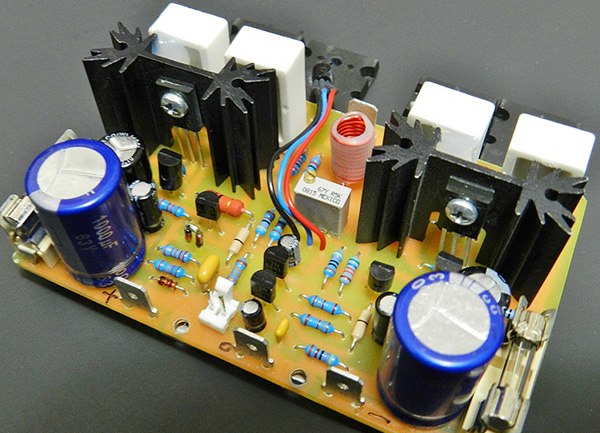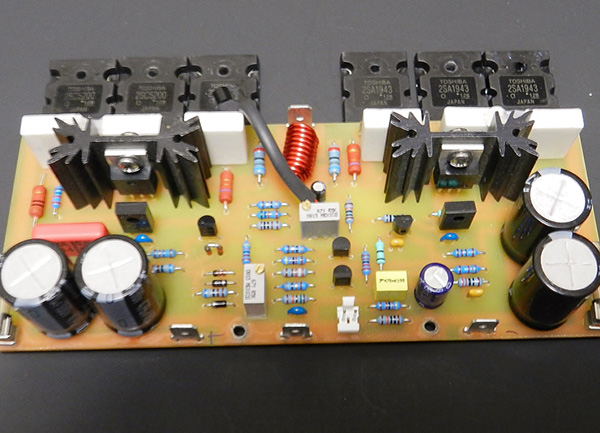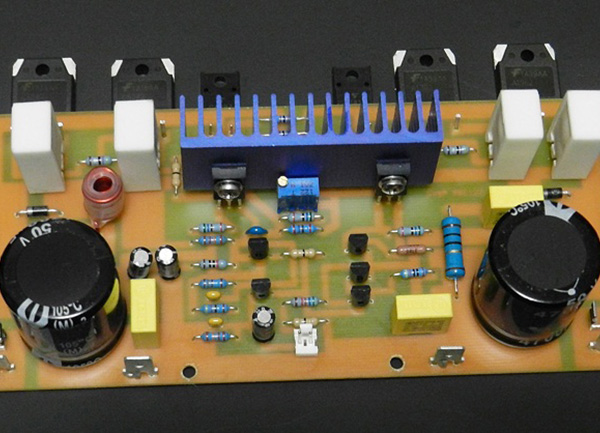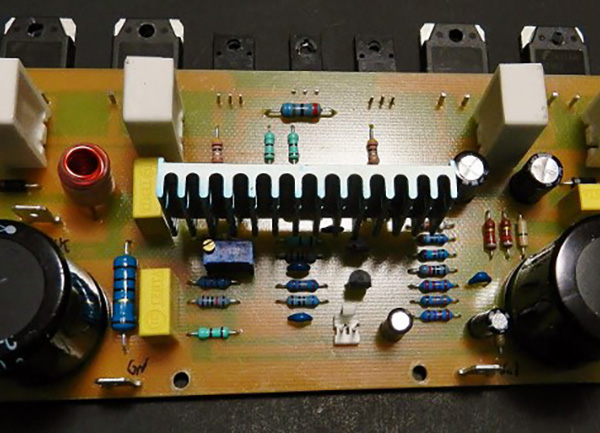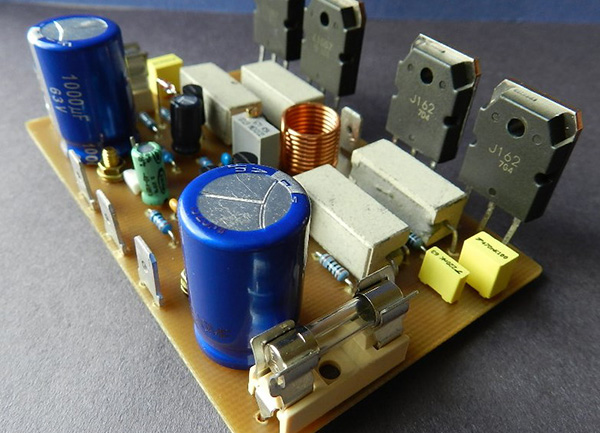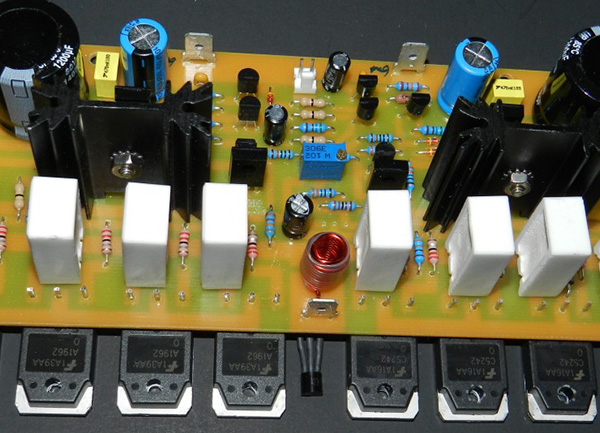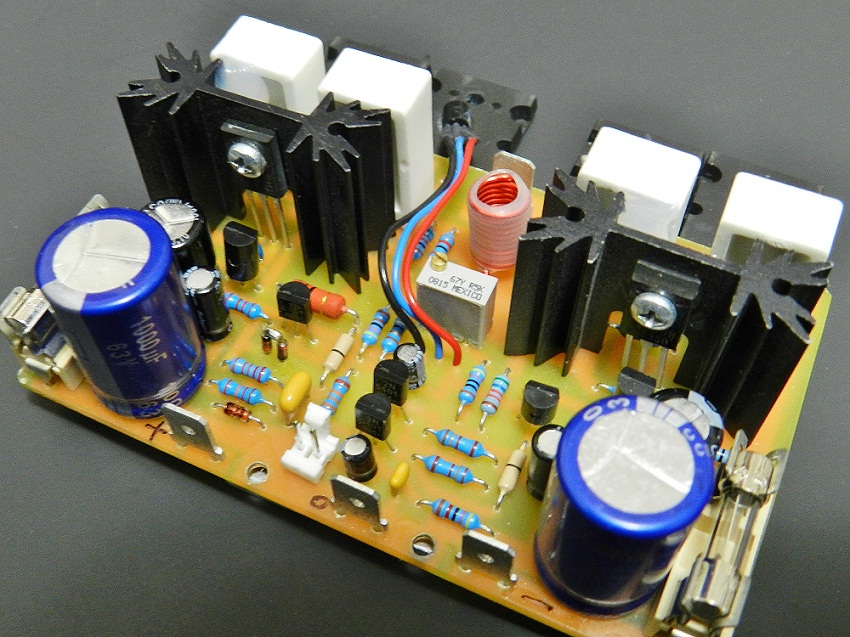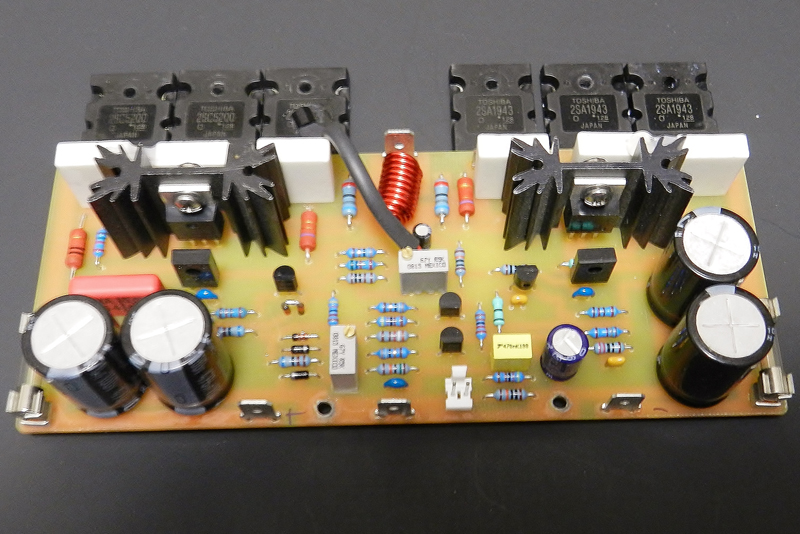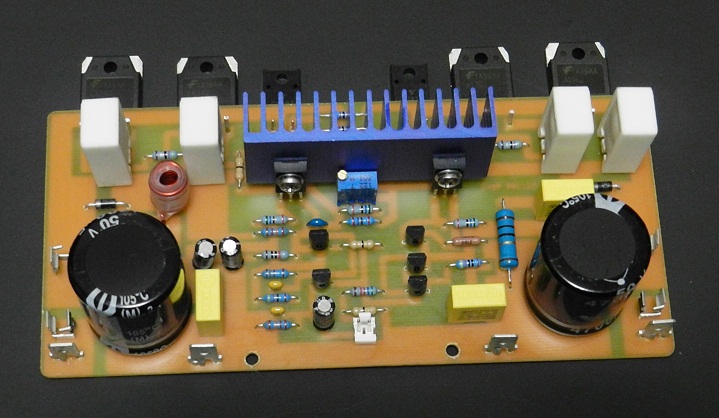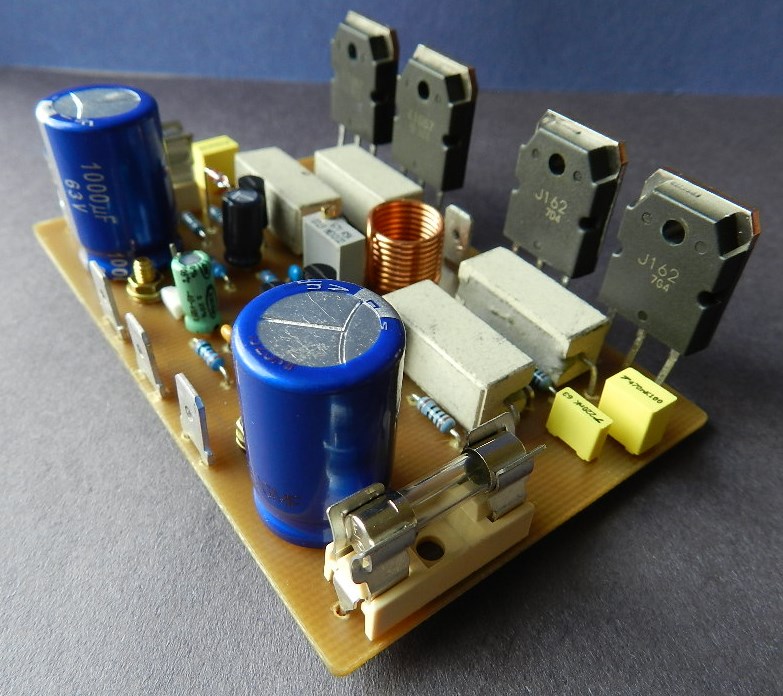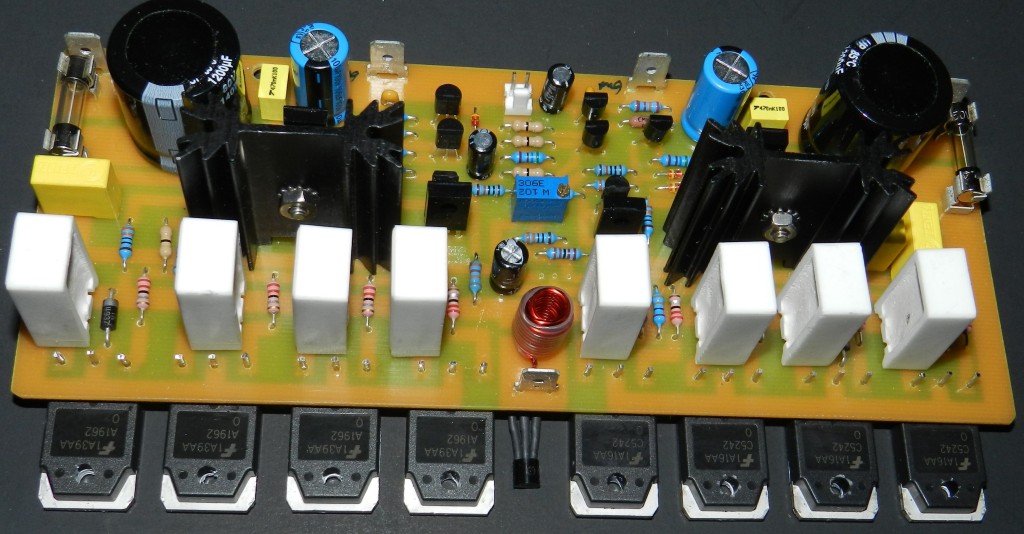About
Welcome to BuildAudioAmps—a DIY audio journey inspired by passion, quality, and the relentless pursuit of sonic excellence. Since its establishment in 2014, BuildAudioAmps has developed and built over 100 power amplifiers, preamplifiers, and other audio-related electronics projects. What started as a way of sharing my personal audio projects with fellow enthusiasts has grown into a resource for anyone who shares my passion. The audio projects were developed out of curiosity and refined through countless iterations while exploring the relationship between technical know-how and realworld listening experience.


BuildAudioAmps provides a solid foundation for starting an audio amplifier project—one that has been built, tested, and optimized through hands-on experimentation. Many DIYers have already shared their remarkable amplifier projects based on our published working prototypes, and BuildAudioAmps will continue to deliver no-nonsense, insightful, and engaging audio-related projects.
But BuildAudioAmps isn't just about building circuits. It's about refinement, iteration, and unlocking the full potential of high-fidelity sound reproduction. From RIAA preamp design to power amplifier innovation, every project is guided by precision, experimentation, and an uncompromising commitment to real-world listening excellence.
BuildAudioAmps legacy website remains accessible through the Wayback Machine on the Internet Archive, preserving a collection of amplifier projects, technical insights, and experiments that have sparked curiosity and collaboration in the audio community. Whether refining a circuit to make it sing or evaluating sonic characteristics beyond the numbers, the pursuit of audio perfection continues.
Resilience is a powerful force. Our dedication to high-fidelity audio and circuit refinement has likely inspired and educated many. Thank you to all who have supported the website for the past years.

